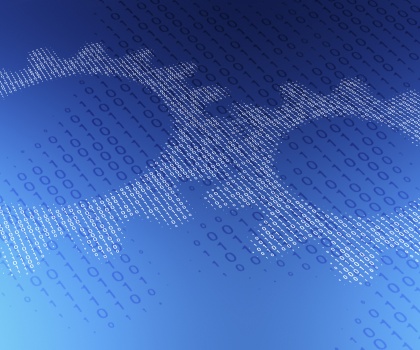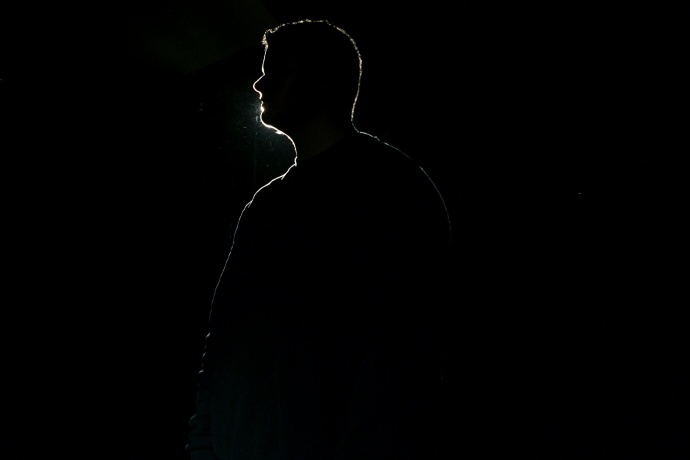Sheila Jordan at SaaStr 2018: Making the Product As Good As It Can Be
The SaaStr Annual 2018 is taking place February 6-8, where Symantec's CIO Sheila Jordan participated in the panel “Why CIOs Really Buy SaaS Products: Do You Believe in Your Own Product?”
“We are the Petri dish, or the sandbox, in which we can test and use everything we offer the marketplace.” Sheila Jordan, CIO, Symantec
That’s how Symantec CIO Sheila Jordan kicked off her remarks yesterday to a standing-room only auditorium at the annual SaaStr conference in San Francisco.
Jordan was joined by three peers from leading tech companies—Paul Chapman, CIO at Box; Alvina Antar, CIO at Zuora (and panel moderator); and Wendy Pfieffer, CIO of Nutanix—for a panel entitled, “Why CIOs Really Buy SaaS Products: Do You Believe in Your Own Product?”
How “Being Customer One” Can Bring It All Together
Antar opened the conversation by asking each of the panelists to talk about their views on the benefits of “investing in your own stuff.”
Jordan broke it down neatly:
- Frank, immediate feedback is a good thing. Jordan stressed the priority she and her team give to providing Symantec engineers with direct feedback as soon as possible.
“That feedback is really important,” Chapman agreed. “It’s a gift, whether you like it or not,” Pfieffer added, “Sometimes they are afraid when I walk in the room, but everyone knows we’re coming from the right place, taking care of customers and shareholders.”
- You can learn a lot from a live, production environment. Jordan talked about the importance of seeing the real-world implementation challenges of any given technology— particularly the ability to track and respond to the upstream and downstream effects of deploying a new solution.
Pfieffer recalled trying to implement a Nutanix hypervisor only to discover that in certain environments, it would only be useful if accompanied by a data movement tool. Armed with that feedback, engineering fast-tracked the release of a data movement tool that had previously been lower on the priority list.
Jordan actually pairs up product managers with members of her team to assist with and observe implementation. “They learn how to make the product better,” she said.
- It helps sales, which helps customers. “We write white papers about all of our deployments,” noted Jordan. “Our sales teams use those to advise our customers. You have to be honest and transparent, always. Being completely upfront about what you’re seeing means a lot to customers.”
At the end of the day, said Jordan, “Engineering, sales and IT all come together through this.”
It’s Got To Be In Your DNA
The panel also discussed levels of investment, ideal executive sponsors, and how (and whether) results are reported to the board. But the panel fairly quickly came around to a common point-of-view—whether you like to call it “eating your own dog food” or “drinking your own champagne,” the commitment to fully testing and vetting your own products has to be baked into your DNA.
“Being a tech CIO can be tough,” Chapman said. “But at the end of day, we’re able to bring that critical outside-in view and community feedback to our organizations to make us better.”
“It’s crazy to call ‘implementing your own solutions,’ a program,” echoed Jordan. “We all have a responsibility to make sure the product is as good as it can be before it goes out the door. That’s our job. It’s not ‘for the board’ or this stakeholder or that stakeholder. It’s part of the DNA of Symantec.”
Leaning On Each Other
Antar spoke about how she and the panelists are connected via their common passion for the topic, their use of each other’s products, and by way of a shared history of helping their fellow CIOs solve common problems.
“The CIO community is really collegial,” said Jordan. “Of course, we don’t share trade secrets, but we share experiences. We’re the practitioners in the organization. We lean on each other.”
Chapman added, “It’s a great way for your own internal org to get connected to other IT orgs. The advantage of connecting our teams is we learn best practices. You can only do that if you’re a strong user of your own product.”
For the huge audience of SaaS founders, executives and venture capitalists in attendance, the takeaway was clear: before you ask a customer to implement your product, do it yourself. What you learn, and what you share, could be the difference between failure and success.
If you found this information useful you may also enjoy:
How Best to Communicate with Your Board of Directors on Your Company’s Security Posture, by Sheila Jordan
We are the Petri dish, or the sandbox, in which we can test and use everything we offer the marketplace.- Sheila Jordan, CIO, Symantec






We encourage you to share your thoughts on your favorite social platform.